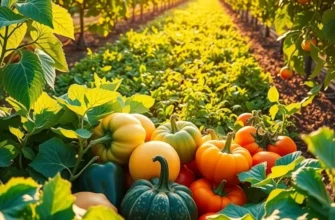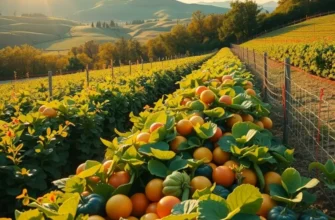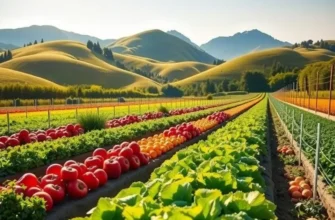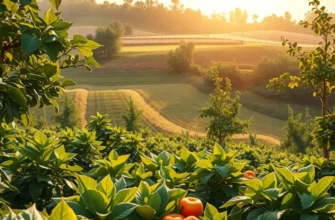Making eco-friendly food choices begins with understanding the importance of sustainable packaging. With excessive waste piling up in landfills, every small choice counts. This guide is tailored for those intent on making lasting change through their purchasing decisions. By recognizing sustainable packaging options and understanding how to read labels, you can contribute to a healthier planet, all while nourishing your body with wholesome foods. Let’s explore how to make informed decisions, keeping both the environment and your health in mind.
Understanding Sustainable Packaging
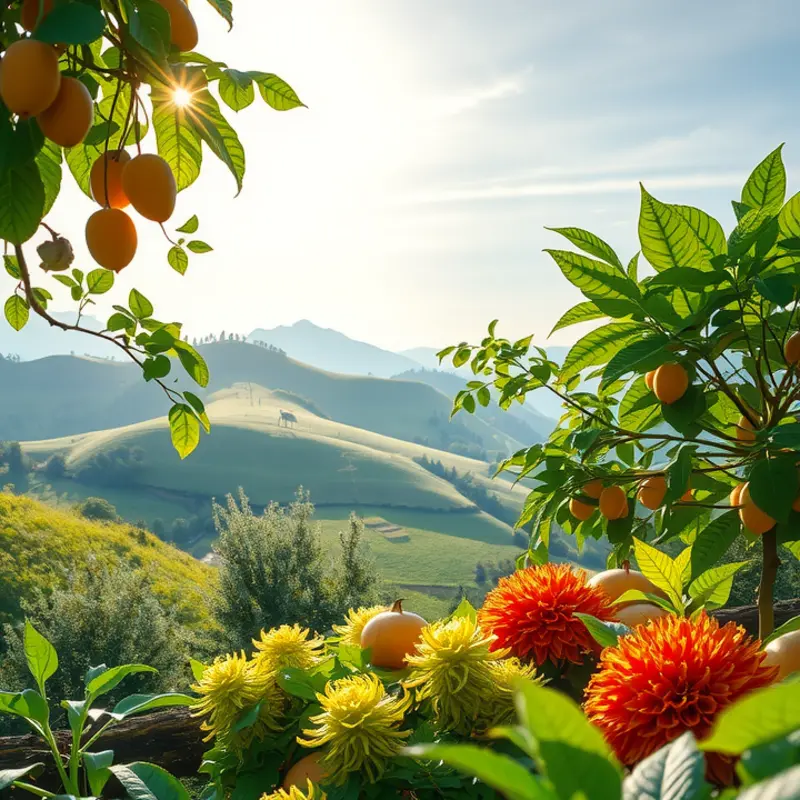
Sustainable packaging is more than a trend; it’s a commitment to preserving our planet’s resources. At its core, sustainable packaging involves materials and processes that have minimal environmental impact. This means using resources efficiently, relying on renewable inputs, and designing packaging that is easily recyclable or biodegradable.
Several materials are hailed as eco-friendly, each with its advantages. Cardboard and paper are top choices because they’re widely recyclable and produced from renewable sources. Their advantages include low production emissions and ease of reuse or recycling in most communities.
Glass is another sustainable option, boasting infinite recyclability without degradation of quality. Although heavier than other materials, its durability and safety for food storage outweigh the transport emissions involved in its use. Metals, such as aluminum and tinplate, also offer strong recyclability benefits, providing closed-loop recycling systems that minimize waste.
Bioplastics, derived from natural materials like corn starch, are gaining popularity. They promise renewability and faster decomposition under the right conditions. However, misconceptions cloud their reputation. Many believe bioplastics degrade as quickly in nature as in industrial composting facilities, which isn’t always the case. Without proper composting infrastructure, their benefits may not be fully realized.
Amidst these materials, it’s crucial to recognize eco-friendliness isn’t solely about the substance. The entire lifecycle matters—from raw material extraction to manufacturing, shipping, and end-of-life disposal. For example, recycled plastic can significantly reduce greenhouse gas emissions compared to virgin plastic, but only if recycling systems are efficient and widespread.
Consumer choices have a powerful market influence. By opting for products with sustainable packaging, consumers send a signal to companies about what they value. This demand encourages brands to adopt greener practices, fostering innovation in materials and packaging design. As these practices become mainstream, economies of scale can lower costs, making sustainable options more accessible to all.
Common misconceptions about sustainable packaging can hinder progress. Some assume all forms are more costly or less durable. However, advancements in technology are closing cost gaps, and many sustainable materials now match or exceed traditional counterparts in strength.
For those striving to reduce their ecological footprint, incorporating sustainable packaging into purchasing decisions is crucial. This involves not only seeking out products with eco-friendly labels but also understanding the actual practices behind those labels. Seeking out credible certifications and doing your research can greatly enhance informed decision-making.
Furthermore, embracing wider sustainable habits can complement efforts in packaging choices. For instance, reducing food waste through mindful storage can vastly cut environmental costs associated with food production and transportation. Explore more about minimizing waste in your kitchen with these eco-smart storage ideas.
Making sustainable packaging choices is essential for eco-conscious consumers eager to protect the environment. By understanding the materials, confronting misconceptions, and influencing the market demand, consumers play a pivotal role in steering the global movement towards sustainability.
Practical Tips for Choosing Packaging
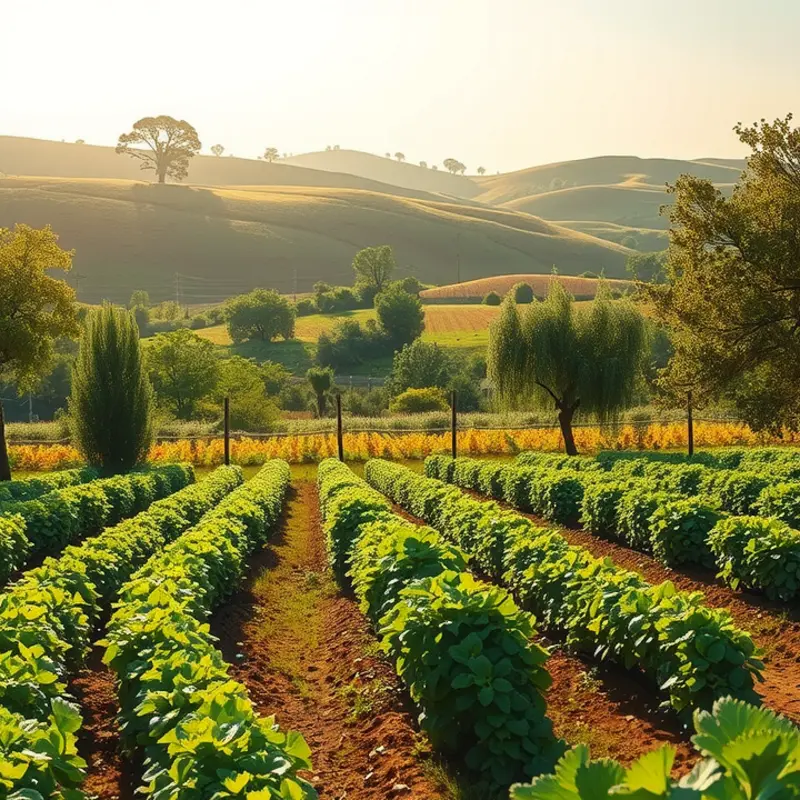
When selecting packaged foods, it’s crucial to prioritize the environmental impact of materials used. One effective way to do this is by understanding packaging labels. Look for recycling symbols, typically a triangle composed of arrows with a number inside. The number indicates the type of plastic and its recyclability. For example, plastics labeled ‘1’ and ‘2’ are often easier to recycle compared to higher numbers.
Another important factor is recognizing biodegradable materials. These materials decompose naturally and are less harmful to the environment. Packaging made from cardboard, paper, or PLA (polylactic acid) are examples of biodegradable options. Opt for these whenever feasible, as they minimize waste.
Certifications such as ‘organic’ or ‘Fair Trade’ provide insight into the sustainability of the product and its packaging. Organic certification usually means that the product is made without synthetic fertilizers or pesticides, contributing to healthier ecosystems. Similarly, Fair Trade certification indicates compliance with environmental standards and ethical practices, supporting sustainable business operations.
Beyond certifications, consider the quantity of packaging. Products with minimal packaging are generally more sustainable. Avoid single-serving packages in favor of items sold in bulk. This approach reduces the material needed for packaging and often results in cost savings.
The concept of eco-smart kitchen storage can also guide your choices. By planning your shopping effectively and storing goods sustainably, you can extend the life of your products and reduce waste. For more on this practice, explore Eco-smart Kitchen Storage, which provides tips on maximizing storage efficiency.
Finally, some companies are leading the way with innovative packaging solutions that use renewable materials and minimal resources. Supporting businesses that prioritize environmental responsibility helps drive industry-wide change.
By integrating these steps into your daily shopping routine, you can significantly impact reducing your carbon footprint. With mindful choices and a focus on sustainable packaging, you contribute to ecological preservation and support a healthier planet.
Final words
Choosing sustainably packaged foods fosters a more harmonious relationship between our consumption patterns and the environment. By engaging with products that prioritize eco-friendly packaging, you’re not only making a personal commitment to health and sustainability, but you’re also inspiring others to take similar actions. Every purchase contributes to a growing demand for environmentally-responsible practices, urging manufacturers to reconsider how they package their products. Remember, the next time you shop, your choice can drive positive change. Let’s cultivate a future where eco-friendly choices are the norm, not the exception.



